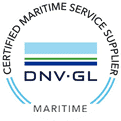Accredited Diving Services Australia-wide
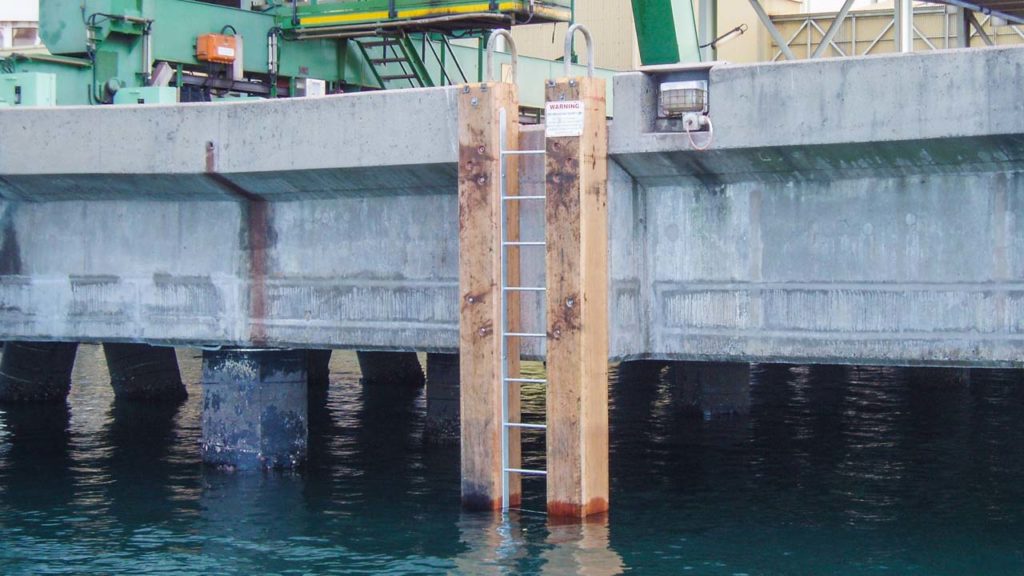
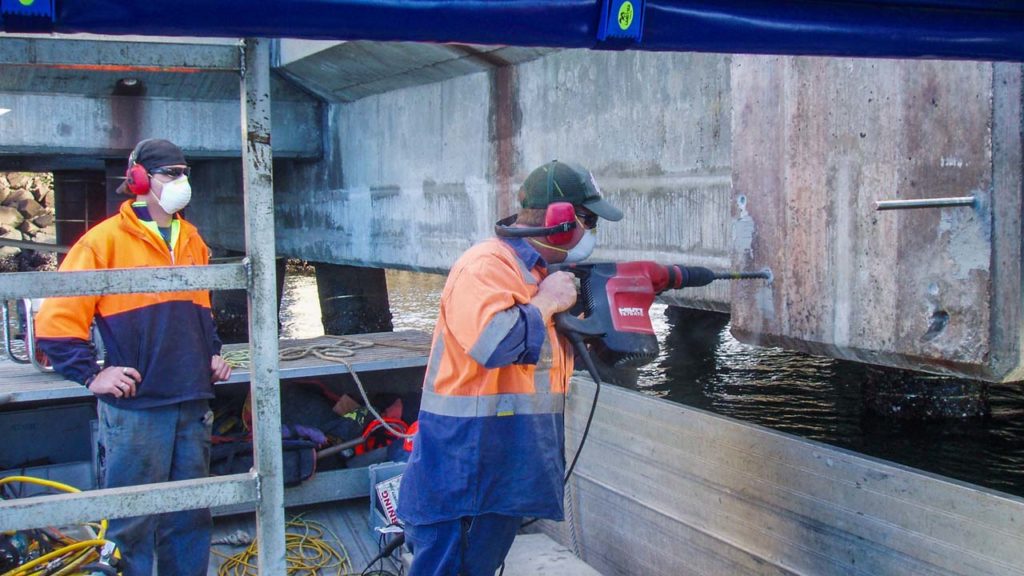
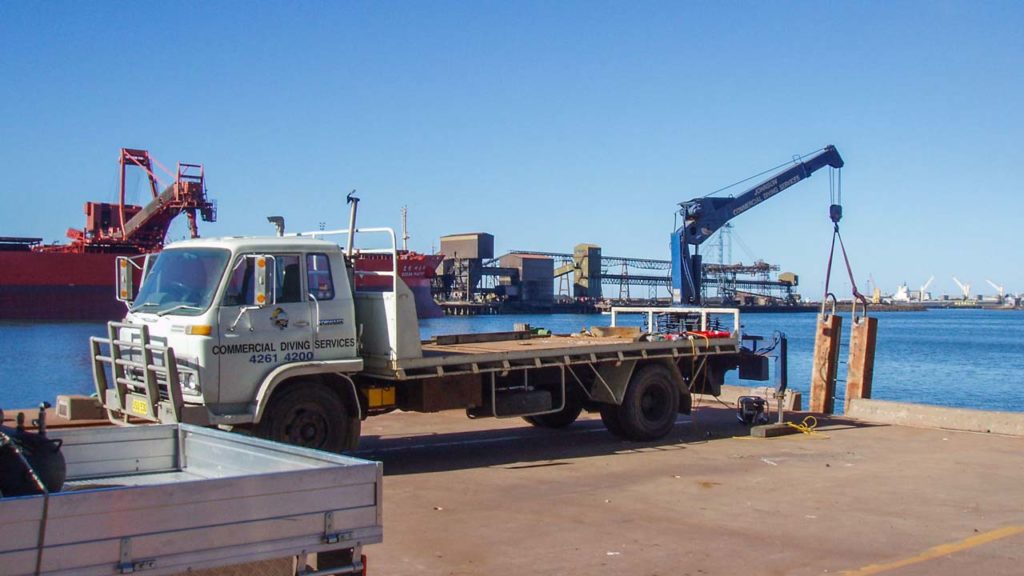
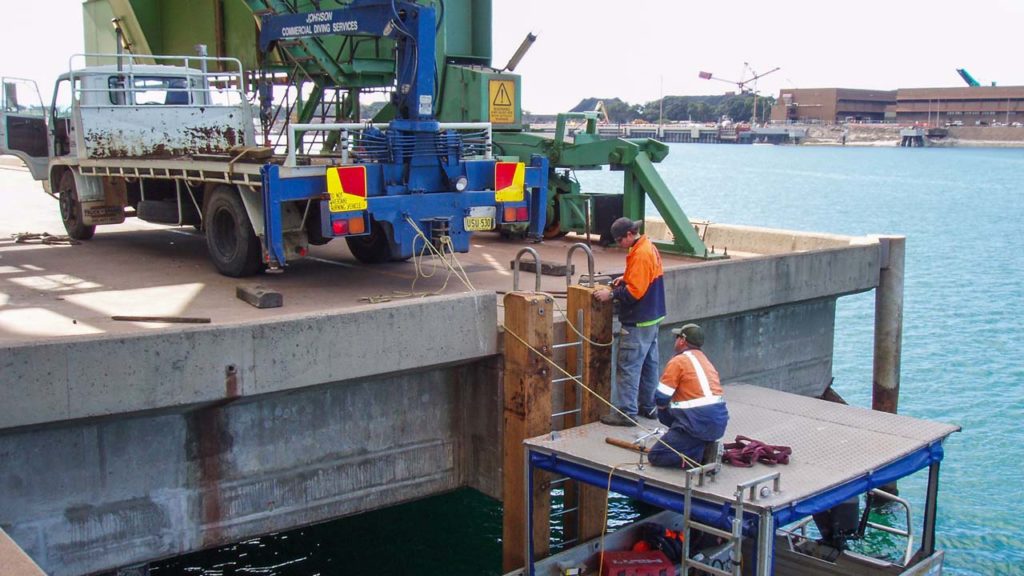
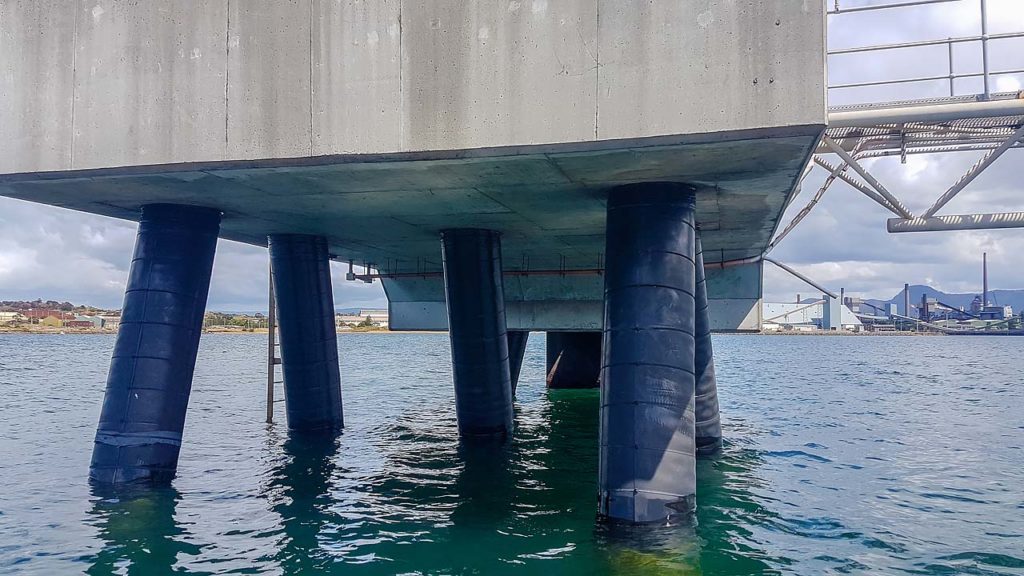
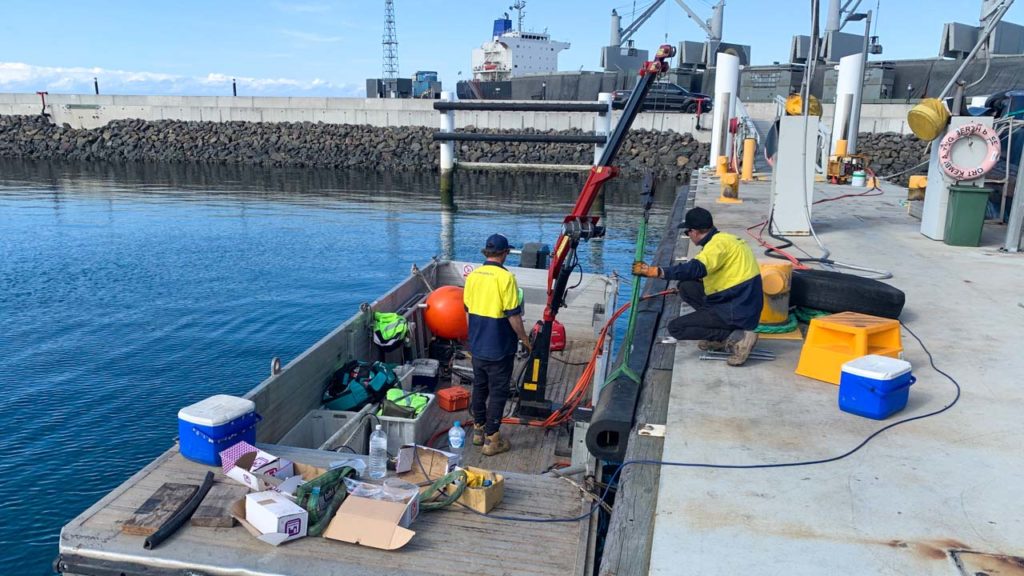
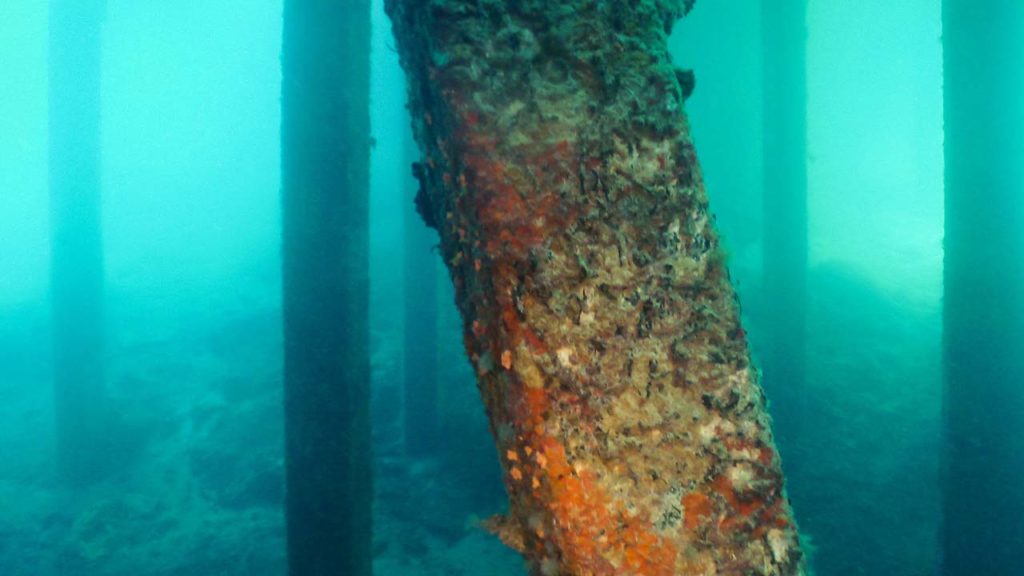
Inspections and maintenance for all assets in the water including wharves, jetties and moorings.
To ensure longevity of any asset, developing an inspection schedule and preventative maintenance plan is key. We pride ourselves on working with our clients to either assist in developing these plans or executing an existing plan resulting in a high quality of service from start to finish.
Typically the process starts by conducting a highly detailed inspection. We then communicate and deliver reports on the required maintenance relative to the inspection. Our team of highly skilled divers and trades professionals get it right delivering expert plans for all our clients.
We offer a complete installation service of piling wraps for new and old piles utilising a variety of materials according to the needs of our clients. These material include:
Commercial Diving Services Pty Ltd is authorised Denso Applicator Representative. We have vast experience is applying and maintaining all types of wharf or jetty corrosion protections.


AI – Denso Seashield Series 2000FD Systems (pdf)
Splash zone protection of pilings in harsh marine environments. Components of this system are: Seashield Primer P, Seashield Seal T Tape or Marine Piling Tape and Denso Series 2000FD Jacket.
AI – Denso Seashield Series 100 Systems (pdf)
For splash zone protection of steel cylindrical piles in relatively sheltered environments. Components of this system are Seashield Primer P, Seashield Seal T Tape or Marine Piling Tape, Denso Series 100 Jacket and Smartband.
TDS – Seashield 550 Epoxy Grout
Denso Seashield 550 Epoxy Grout is a water displacing encapsulation and repair grout. It provides a durable well bonded repair to concrete, timber and steel below water. Denso Seashield 550 Epoxy Grout is typically used for rebuilding piers, jetties and barrier walls. It is designed for underwater applications and is very effective for chemical anchoring of bolts, rail anchors, equipment bases and other structural applications.
TDS – Seashield 510 Underwater Grout
Denso Seashield Underwater Grout is designed for underwater use in tidal zones in applications requiring a non shrink, non metallic, washout resistant grout from 12mm up to about 75 mm coating thicknesses. Areas of use include underwater grouting of bridge columns, concrete pilings, concrete tanks, dam repairs, seawalls, piers and other marine structures.
Reinforcement corrosion is the major cause of deterioration of concrete structures. Good quality concrete provides a highly alkaline surrounding to steel reinforcement. If this alkalinity reduces, the reinforcement becomes susceptible to corrosion. The expansive forces caused by corrosion and rust formation are sufficient to cause concrete to crack and spall, leading to a need for concrete repair.
There are two main mechanisms that cause concrete deterioration: carbonation and chloride attack. Carbonation is caused by atmospheric carbon dioxide, which dissolves in water to form carbonic acid. This acid progressively penetrates and reacts with concrete, reducing the pH value from 13 to 9. At the reinforcement layer, the steel doesn’t passivate and begins to corrode. De-icing salts, seawater and marine aggregates are common sources of chlorides. Where chlorides can penetrate down to the reinforcement layer, they will aggressively attack the steel; therefore, starting the corrosion process. The rate of both carbonation and chloride attack depends on the concentration of carbon dioxide in the atmosphere, chlorides at the concrete surface, concrete permeability, density and concrete moisture content. Cracked or poor-quality concrete will deteriorate faster.
Conventional patch concrete repairs to damaged concrete are unlikely to be successful where carbonation has progressed behind the reinforcement layer, or where chlorides remain in sufficient concentration in adjacent untreated concrete. Cathodic protection, which works by passing a small electric current through the reinforcement layer, has several significant advantages over other available techniques: it is a continuous process that both stops existing corrosion and prevents future attacks; it is a permanent ongoing solution that does not require reapplication; it is suitable for severely damaged concrete; it is effective against both carbonation and chloride attack; its effectiveness can be controlled and monitored; it is cheaper than complete replacement; it is particularly suited to marine structures where re-contamination is likely.
Cathodic protection solutions can be used to control the progression of corrosion in reinforced concrete structures by:
Cathodic protection solutions work on the area surrounding the steel, or on the reinforcements themselves by:
As a principal contractor we undertake condition assessments, supply and installation of the cathodic protection system. We can supply and install Impressed Current Cathodic Protection (ICCP), hybrid or galvanic systems.
We service all of Australia from multiple service locations. Our Head Office is based in Sydney.







